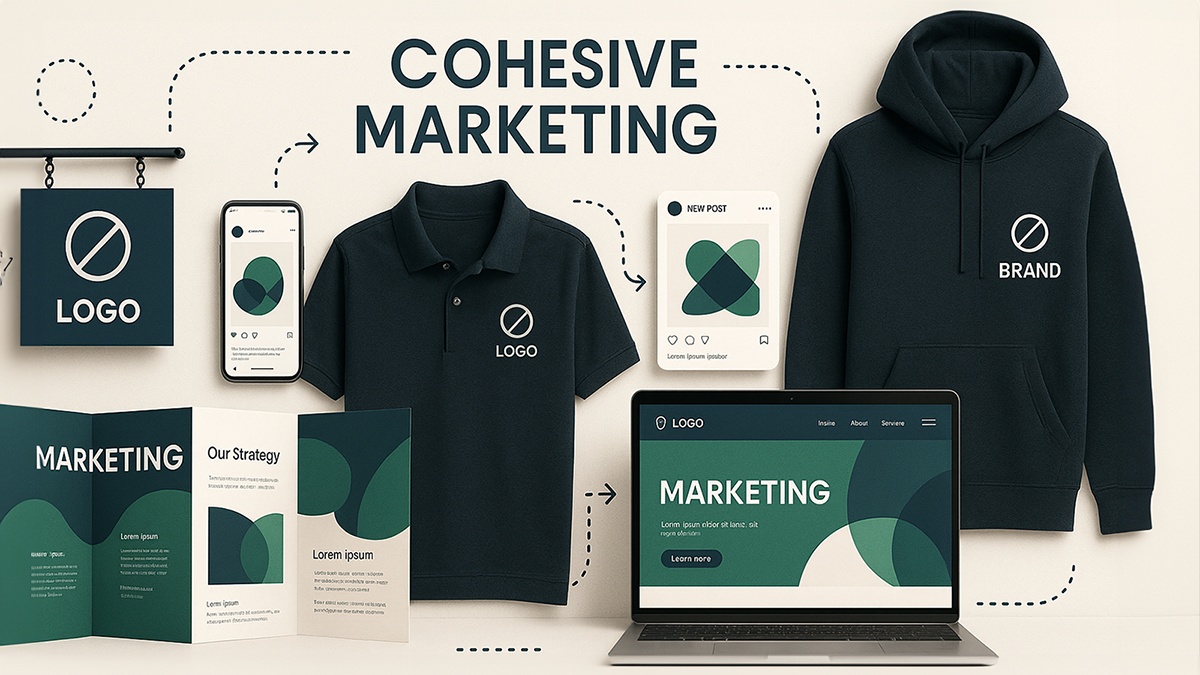March 15, 2022
Digital marketing strategies targeting businesses differ from those targeting clients directly. Business to Business (B2B) customers
are efficient, logical and driven by return on investment (ROI). They want to be informed. They buy long-term solutions, and there are
multiple people involved before making a purchase decision.
If you want to target a B2B company, you will need to optimize your company’s digital presence. Do this by developing a digital marketing
strategy that includes the following:
- An engaging and informative website
- Integrated offline and online marketing
- Pay-per-click advertising campaign.
Create Your Company Website
Every business, no matter its size, must have an online presence. An easy-to-use, informative website offering a great user experience (UX)
will keep website visitors on your site for longer. A website is an excellent return on investment. It sells your company’s service or
product day and night throughout the year.
It is the first place your targeted B2B buyers will visit to get more information about your service or product. The many people involved in
B2B purchase decisions will be referred to your company website for further details.
A website gives your business credibility. It should be relevant to your B2B target audience and mobile-friendly. Include a clear
call-to-action such as ‘request a quote’, ‘schedule a demo’ or ‘download the technical specifications’. Also, include relevant industry
information with statistics or case studies.
The website needs to feature links to your social media pages. And have up-to-date testimonials from other satisfied customers. Provide
engaging content either through blog posts or bespoke landing pages.
A well-designed website also includes a range of tools that gather data. This data is used to analyze where improvements can be made in the
digital marketing strategy. The ultimate purpose of a website is to boost your company’s revenue.
Integrate your offline and online marketing
Integrate your company’s offline and online marketing to provide a consistent marketing message. When the message is consistent, your B2B
client will notice your company name or logo in offline and online spaces.
Offline marketing includes business cards, promotional apparel such as t-shirts, flyers, banners, newspaper advertisements and conferences.
Online marketing covers a website, e-mails, LinkedIn, Twitter, Facebook, YouTube, Search
Engine Optimization (SEO),
Pay-per-Click (PPC) advertisements, blogs and mobile apps.
Some of the ways to integrate a company’s offline and online marketing are:
- Put a hashtag or QR code on a branded t-shirt. Its use will lead to social media platforms or website landing pages.
- Collect business cards at a conference or business event for an e-mail campaign.
- Use an offline competition to direct people to your website or social media channels.
Consider PPC Campaigns
Consider Pay-Per-Click (PPC) campaigns for all digital marketing strategies. It is a form of paid advertising, but in PPC, you
are only charged when a user clicks on your advertisement. Once the user clicks, they go directly to the landing page, where a purchase is
made.
PPC campaigns are valuable if you need an added edge to reach your customers. It helps you connect more directly with users searching for
your products and services.
Together with search engine optimization (SEO), you can directly target the customers you want to reach.
Google’s global search engine market share is more than ninety per cent. It makes Google Ads the most popular PPC advertising system in the
world. PPC campaign positives are:
- Users are exposed to your company’s details even if they don’t click through to make a purchase.
- In Google, the advertisement appears at the top of the search results page. It is the first thing users will see.
- You have complete control over your copy and keyword selection to target the ideal customer.
Strand360 is a digital marketing agency in Lacombe, Alberta, and we provide full circle marketing
solutions to our clients. Our services include digital marketing solutions, marketing and branding solutions, as well as signs and graphics.
Do you need help developing digital marketing strategies for your business? Contact us today.



